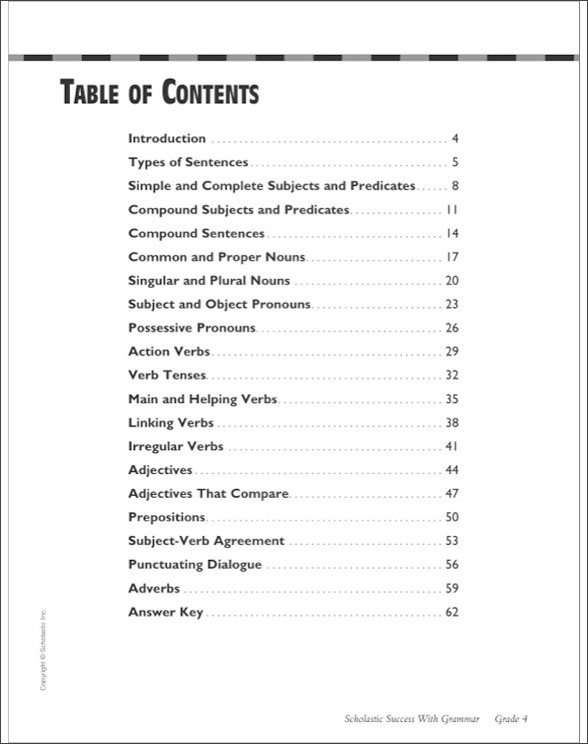

On the other hand, one or more exceptions to the ETS might apply. For example, where a physician assigned to work in an embedded clinic or an emergency medical responder enters the floor of a manufacturing plant or the residential area of a prison to provide healthcare services to a sick employee or sick prisoner, the ETS generally applies, but only to the provision of healthcare services by the physician or emergency responder, and not to all other employees in the setting. Moreover, where emergency responders or other licensed healthcare providers enter a non-healthcare setting to provide healthcare services, the ETS also generally applies, but only to the provision of the healthcare services by that employee.

With respect to employees that perform healthcare services in a manufacturing facility, where a healthcare setting is embedded within a non-healthcare setting (e.g., medical clinic in a manufacturing facility or prison, walk-in clinic in a retail setting such as a grocery store), the ETS generally applies, but only to the embedded healthcare setting and not to the remainder of the physical location. But one or more exceptions to the applicability of the ETS might apply The ETS generally applies in settings where any employee provides healthcare services or healthcare support services.
#Commonly asked questions for california test full
Please consult paragraph (a) of the ETS for the ETS’s full range of exceptions to determine whether your employees are covered by the ETS. As another example, in well-defined areas where there is no reasonable expectation that any person with suspected or confirmed COVID-19 will be present, paragraphs (f)(personal protective equipment), (h)(physical distancing), and (i)(physical barriers) of the standard do not apply to employees who are fully vaccinated. For example, the ETS does not apply to non-hospital ambulatory care settings where all non-employees are screened prior to entry and people with suspected or confirmed COVID-19 are not permitted to enter those settings. Moreover, even if these services are performed in a healthcare setting, other exceptions to the standard might also apply. For example, the ETS does not apply to healthcare support services not performed in a healthcare setting (e.g., off-site laundry, off-site medical billing). These services are healthcare support services. The remaining six States and Territories cover only state and local government employees: Connecticut, Illinois, Maine, New Jersey, New York, and the Virgin Islands. For example, OSHA does not intend to preempt state or local COVID-19 testing requirements or state or local requirements for customers to wear face coverings whenever they enter a hospital or other health care facility, or in public places generally.ġ Of the 28 States and Territories with OSHA-approved State Plans, 22 cover both public and private-sector employees: Alaska, Arizona, California, Hawaii, Indiana, Iowa, Kentucky, Maryland, Michigan, Minnesota, Nevada, New Mexico, North Carolina, Oregon, Puerto Rico, South Carolina, Tennessee, Utah, Vermont, Virginia, Washington, and Wyoming. OSHA does not intend to preempt these powers or requirements.

OSHA recognizes that many states have taken action with mandatory requirements applicable to general industry, and that states have additional powers that OSHA does not (e.g., criminal sanctions). State or local government mandates or guidance (e.g., legislative action, executive order, health department order) that go beyond and are not inconsistent with the ETS are not intended to be limited by this ETS. The State Plan standard must remain in effect for the duration of the Federal ETS. Adoption of the ETS by State Plans must be completed within 30 days of the promulgation date of the final Federal rule, and State Plans must notify Federal OSHA of the action they will take within 15 days. Territories with their own OSHA-approved occupational safety and health plans (State Plans) must either amend their standards to be identical or “at least as effective as” the new standard, or show that an existing State standard covering this area is “at least as effective” as the new Federal standard.5(b). When Federal OSHA promulgates an ETS, States and U.S.


 0 kommentar(er)
0 kommentar(er)
